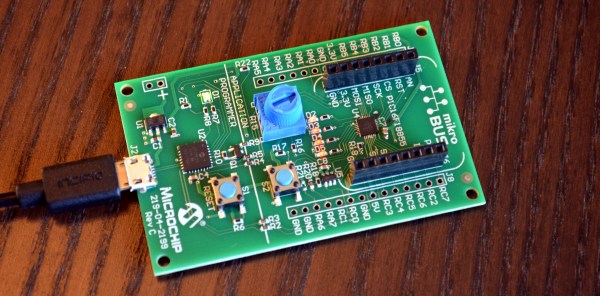A few months ago, we posted all the videos from the 2015 Hackaday SuperConference. Putting all of these videos up on YouTube isn’t the greatest idea, and thanks to [Jason Scott] of the Internet Archive and a little bit of sneakernetting, all the talks are also available on archive.org.
As an aside, the SuperCon was filmed on two Blackmagic URSA cameras. The resulting files for the talks on both cameras came in at a little over one Terabyte. These were edited down into the finished videos for YouTube, at around 20 Gigs per video. Once those hit the YouTube servers, they were converted once again (trust me, this made the most sense), and I was able to download the YouTube files and sneakernet all the talks to [Jason] on an 8GB thumb drive. The next time we do this, we’ll build a Xeon-based SLI Titan rig for video editing.
The German TV show NEO MAGAZIN Royale asked their viewers to send in old hardware. These old floppy drives, scanners, typewriters, hard drives, modems, and speakers would be turned into instruments. The German hip hop group, Fettes Brot performed Die da on these instruments with sufficiently electronic results.
You know we’re having a con in Belgrade on April 9, right? Wait, I’m sorry. 9 April. The call for proposals ends very, very soon. If you have something cool to talk about, fill out the form.
Montreal has a lot of great architecture, all of which is coincidently held together by Robertson screws. Now one of those famous old buildings, the Saint-Sulpice Library is turning into a hackerspace or tech incubator sort of thing thanks to a $17 Million Canadian Peso investment from the city and province.
Just a reminder that the NL6621 WiFi SoC exists. It’s been called the ESP8266 killer, but some of the most recent posts on the English language development forum are for buying phentermine – an appetite suppressant – without a prescription. The people demand information, so if you have some, put it in the comments below.
Did you know Hackaday has an email newsletter? It’s true! Sign up here!




















